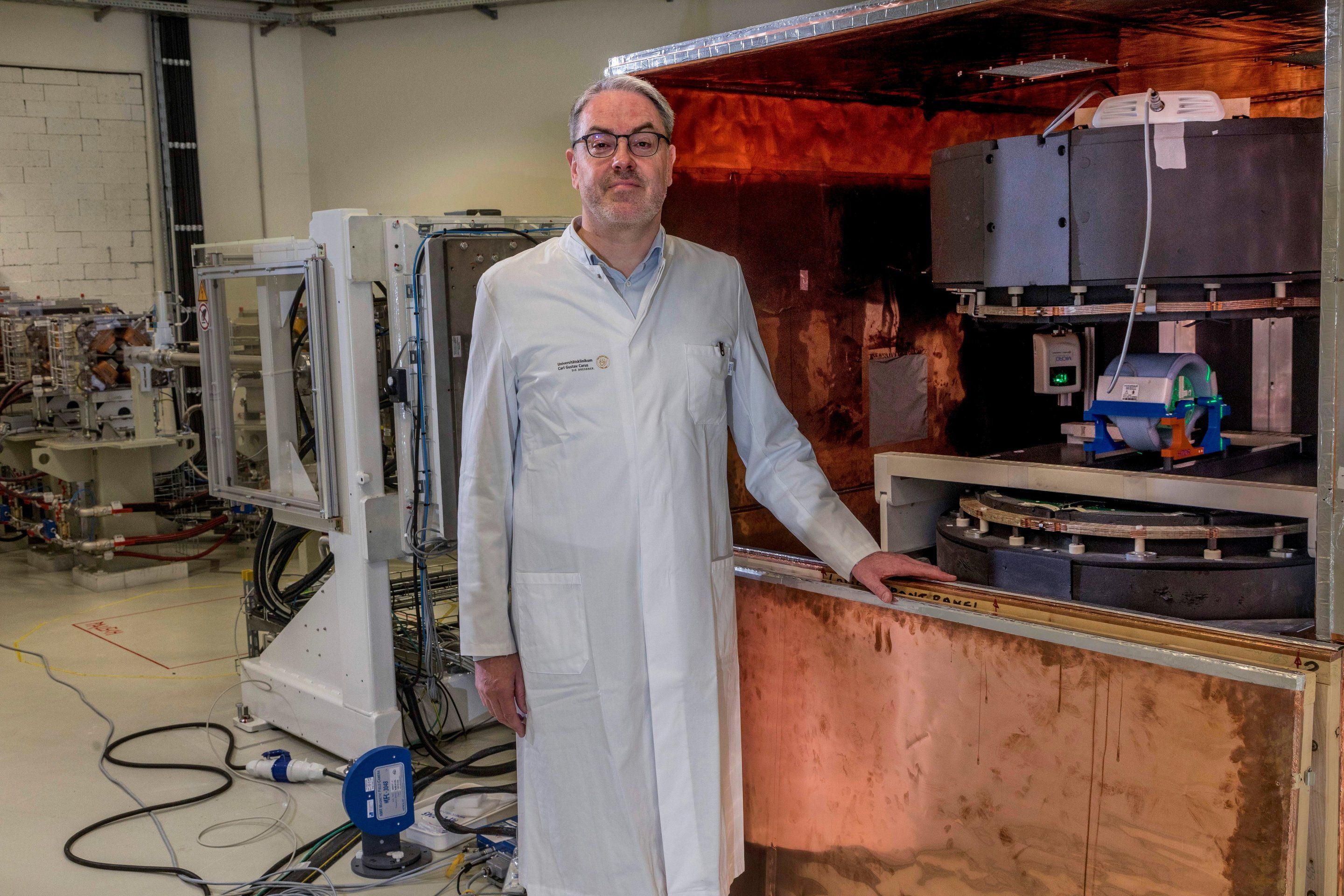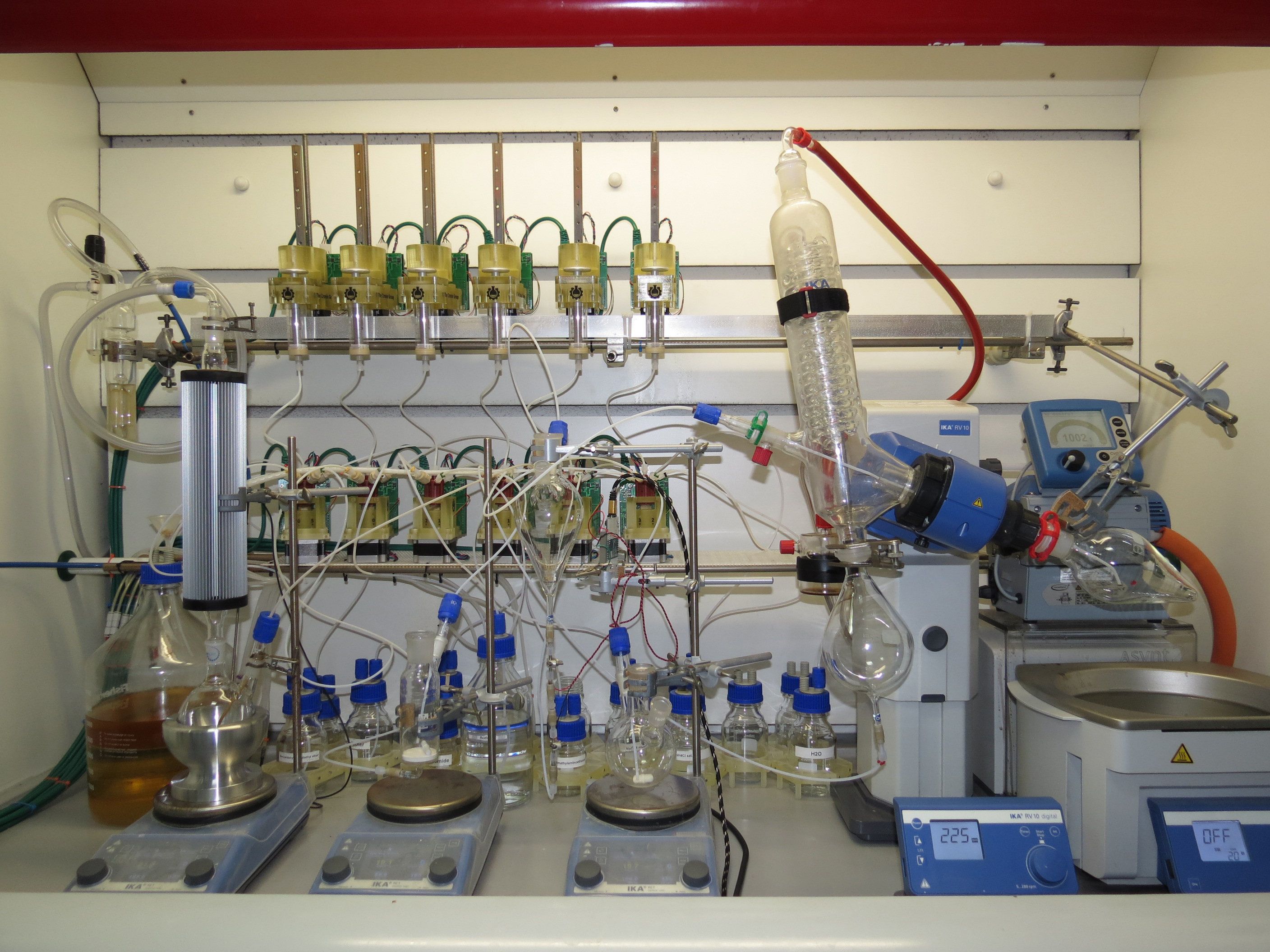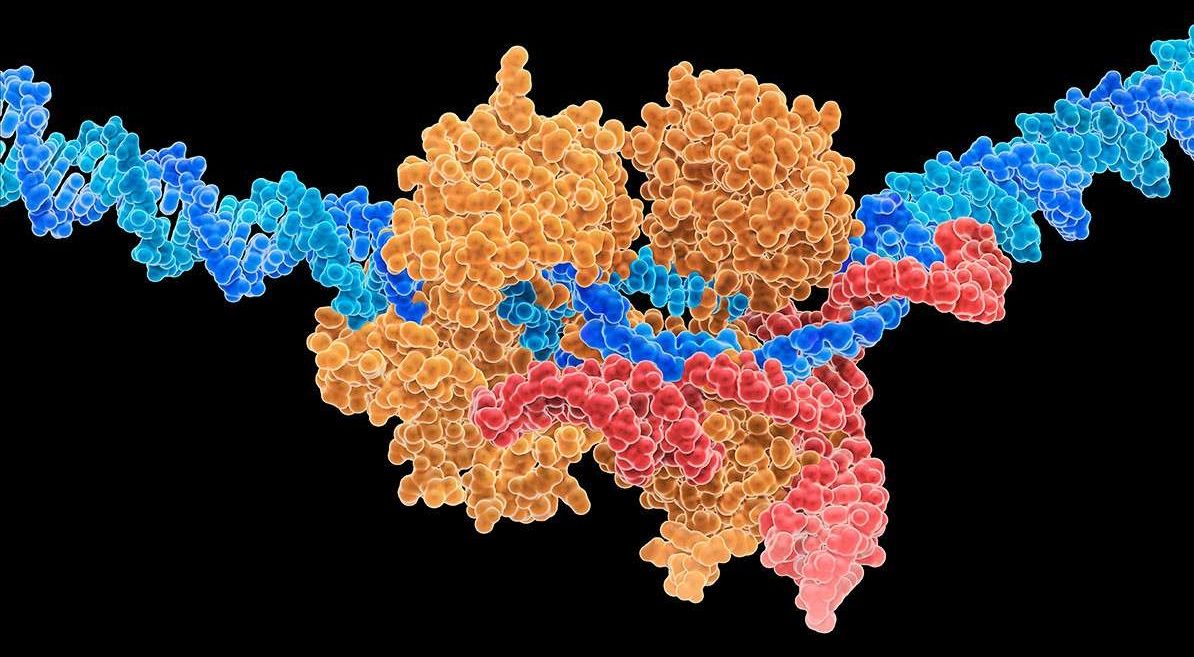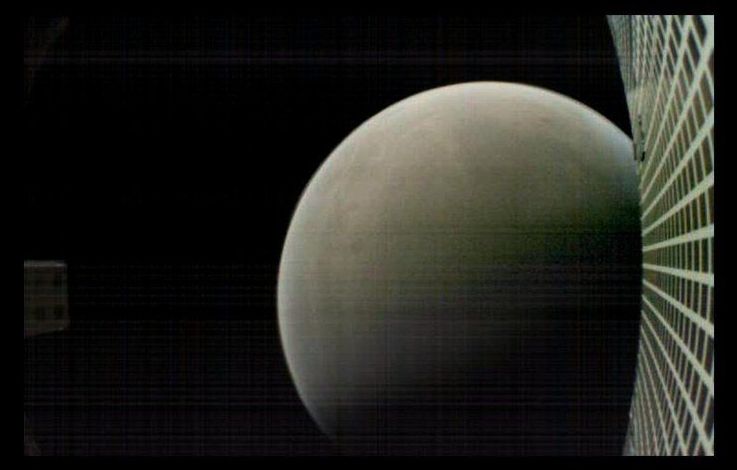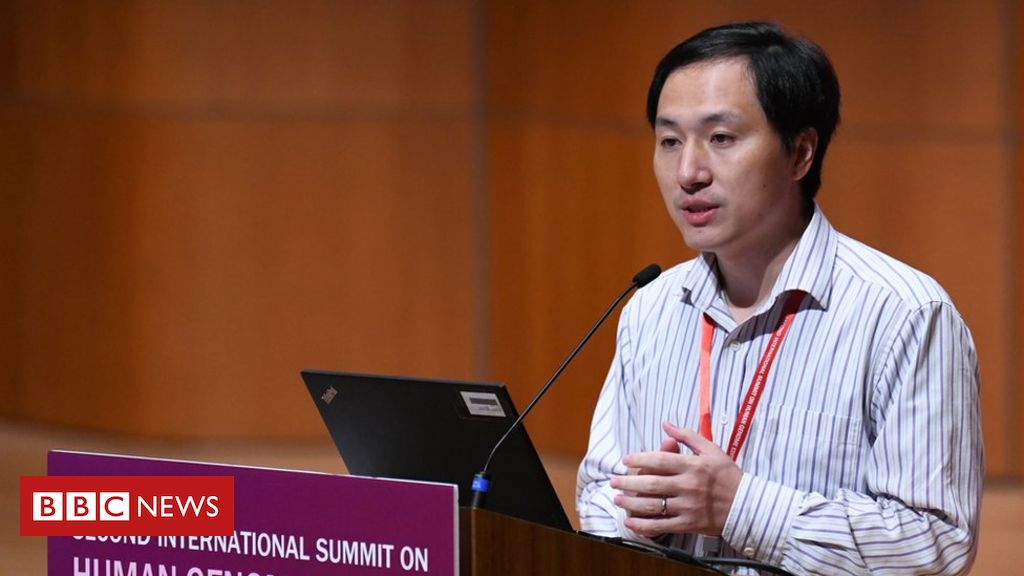Medical physicist Dr. Aswin Hoffmann and his team from the Institute of Radiooncology—OncoRay at the Helmholtz-Zentrum Dresden-Rossendorf (HZDR) have combined magnetic resonance imaging (MRI) with a proton beam, thus demonstrating for the first time that in principle, this commonly used imaging method can work with particle beam cancer treatments. This opens up new opportunities for targeted, healthy tissue-sparing cancer therapy. The researchers have published their results in the journal Physics in Medicine and Biology.
